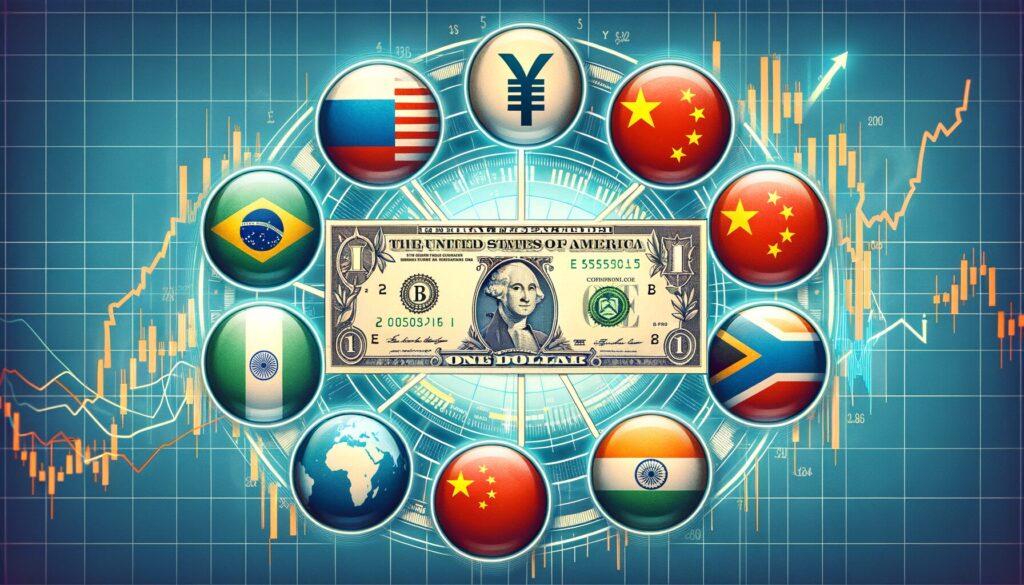The Dollar’s Death Grip: Why Global Finance Still Bows to Greenback Supremacy
For all the hype about de-dollarization, the U.S. currency remains the undisputed heavyweight champion of global finance—whether the BRICS bloc likes it or not.
Petrodollars 2.0:
Oil trades, debt markets, and reserve balances still default to USD. Even crypto’s ’stablecoins’ overwhelmingly peg to... you guessed it.
The Cynic’s Bonus:
Sure, countries talk about dumping the dollar—right before they quietly stockpile more during the next crisis. Some habits die harder than others.
Dollar Dominance, Tariffs, Inflation & the Rise of Global Alternatives

Recent Dollar Declines Put in Perspective
The U.S. dollar has fallen almost 9 percent against the euro and the U.S. Dollar Index has dropped almost 8 percent this year. However, when measured by the Federal Reserve’s Nominal Broad U.S. Dollar Index, the dollar’s decline appears a bit more modest at less than 5 percent through April.
Jeff Sommer, markets columnist, stated:
This context of U.S. dollar strength shows the current decline actually follows significant appreciation in previous years. In 2024, the dollar ROSE more than 7 percent measured by the Dollar Index and about 9 percent using the Nominal Broad U.S. Dollar Index. Looking at an even longer timeframe, and taking inflation into account with the Fed’s Real Broad Trade-Weighted Index, the U.S. dollar appreciated almost 23 percent over the 20 years through March.
Political Factors Affecting the Dollar
The growing U.S. budget deficit has definitely affected global finance and investor confidence in Treasury bonds in recent months.
Jeff Sommer noted:
The swelling budget deficits and political dysfunction have been impairing the currency since at least 2011, when Standard & Poor’s downgraded the United States’ AAA rating, followed by Fitch in 2023. Moody’s warned in March about potentially lowering the U.S. government’s credit rating further, which could also impact U.S. dollar strength in upcoming quarters.
No Clear Alternative in Sight
Despite these challenges to U.S. dollar strength, no single currency appears positioned to replace the dollar at this time. The euro isn’t widely enough used and the European bond market lacks sufficient depth. Similarly, Chinese markets remain too restricted for the renminbi to function as a true global currency for the foreseeable future.
Jeff Sommer explained:
Future Outlook
Market volatility will likely continue as currency markets adjust to new tariff regimes. The SAFE haven status of the dollar may shift during periods of stress, but the institutional foundation supporting dollar dominance persists. While diversification makes sense for global investors, U.S. dollar strength remains central to global finance despite mounting challenges, and will probably continue to do so throughout the remainder of 2025 and beyond.

